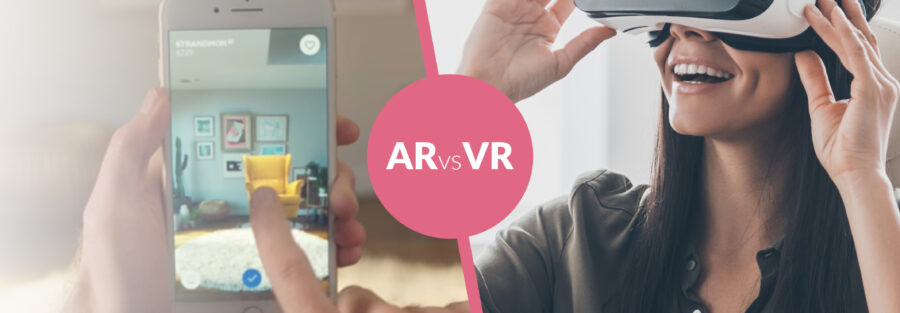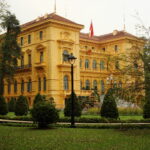Augmented Reality (AR) and Virtual Reality (VR) are immersive technologies that have gained significant attention across various industries, including engineering, architecture, healthcare, entertainment, and education. They offer unique ways to visualize and interact with digital content and the physical world. Here are recent trends and developments in Augmented Reality (AR) and Virtual Reality (VR):
Augmented Reality (AR):
Industrial Applications: AR is increasingly being adopted in industries like manufacturing, maintenance, and field services. Workers can use AR glasses to overlay digital information onto their real-world view, aiding in tasks such as equipment repair and maintenance.
Remote Assistance: AR enables experts to provide remote assistance to field technicians or customers. They can annotate the technician’s view, guiding them through complex procedures in real-time.
Training and Education: AR is used for training scenarios that require hands-on experience. It allows users to interact with digital simulations in real-world environments, enhancing learning and skill development.
Retail and E-Commerce: AR is used to provide virtual try-on experiences for fashion and cosmetics products. Customers can visualize how products will look on them before making a purchase.
Navigation and Wayfinding: AR navigation apps help users navigate complex indoor spaces, such as airports or shopping malls, by superimposing directions on their smartphone camera view.
Marketing and Advertising: AR is used in interactive advertising campaigns that engage customers through smartphone apps or AR-enabled print materials.
Healthcare: Surgeons use AR to overlay medical images onto the patient’s body during surgeries, enhancing precision and reducing the need to look away from the operating table.
Cultural Heritage and Tourism: AR enhances museum experiences by providing interactive exhibits that offer additional information and context to visitors.
Virtual Reality (VR):
Architectural Visualization: VR allows architects and clients to virtually walk through and explore architectural designs before construction begins, aiding in design decision-making.
Healthcare Therapy: VR is used in various therapeutic applications, such as pain management, exposure therapy for phobias, and rehabilitation exercises.
Training Simulations: VR provides realistic training environments for pilots, military personnel, and emergency responders, allowing them to practice scenarios in a controlled setting.
Gaming and Entertainment: VR gaming continues to evolve with more immersive experiences, realistic graphics, and interactive gameplay.
Education: VR is used in education to provide virtual field trips, interactive lessons, and immersive learning experiences.
Social VR: Virtual reality platforms enable users to meet and interact with others in shared virtual spaces, creating a sense of presence and social connection.
Collaborative Design: VR allows remote teams to collaborate on design projects by sharing a virtual workspace, making it easier to visualize and discuss ideas.
Therapeutic Applications: VR is explored for its potential in treating conditions like anxiety disorders, post-traumatic stress disorder (PTSD), and depression.
Fitness and Wellness: VR applications offer immersive exercise experiences and mindfulness activities.
Both AR and VR continue to advance as hardware becomes more capable, software becomes more sophisticated, and developers find innovative ways to leverage these technologies. They have the potential to reshape how we interact with information, environments, and each other, impacting a wide range of industries and aspects of daily life.



